Homemade bread, original recipe and leavening tips
Crumbly, crunchy on the outside and extremely soft on the inside, the Homemade bread it is a must in the culinary tradition. Eaten alone, as a ‘shoe’ for soups and broths or as a base on which to spread sweet or savory creams, it is a perfect companion for any meal. And if it is made with our hands, with genuine and quality ingredients, then the homemade bread becomes the best ever. Its origins go back thousands of years, but it has never lost its importance, on the contrary. Let’s see how to prepare homemade bread with the leavening steps and all the suggestions for a perfect result. Don’t have a lot of time or patience? Bet on Bread without dougheasier and faster to make.
Ingrediants
- Flour 0 (for bread or pizza): 350 gr
- Water: 200 gr
- Salt up: 12 gr
- Brewer’s yeast: 5 gr
- Preparation: 5 hours
- Cooking: 35 minutes
- Total: 5 hours, 35 minutes
- Calories: 271 Kcal / 100 gr
Preparation
In the bowl of the planetary mixer, add the flour, water and crumbled fresh brewer’s yeast and start kneading vigorously with the machine or by hand. Once the ingredients are blended, add the salt as well and continue kneading until the dough easily comes off the sides of the bowl.
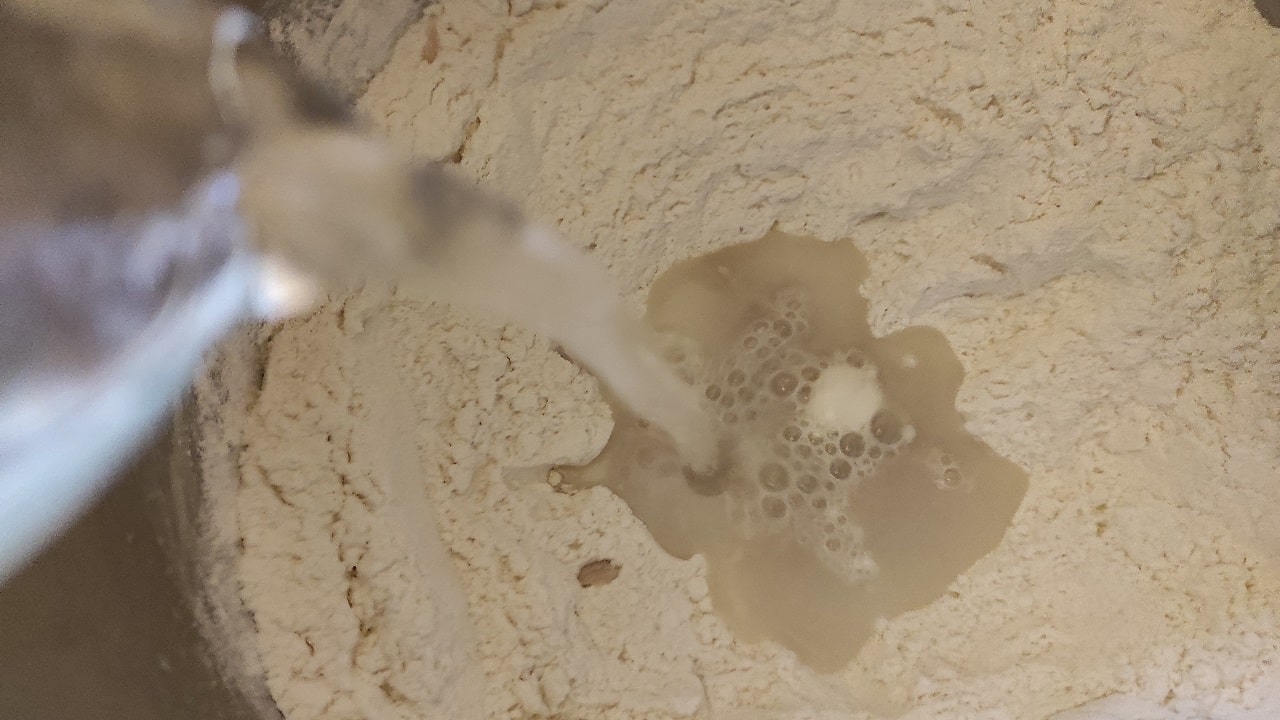
Transfer the mixture onto a floured pastry board and continue to work it by hand, until it reaches a smooth and homogeneous consistency. Then create a rounded loaf to be placed in a bowl covered with cling film and let it rise in a warm place for about 2 hours: after this time the dough must have doubled in volume.
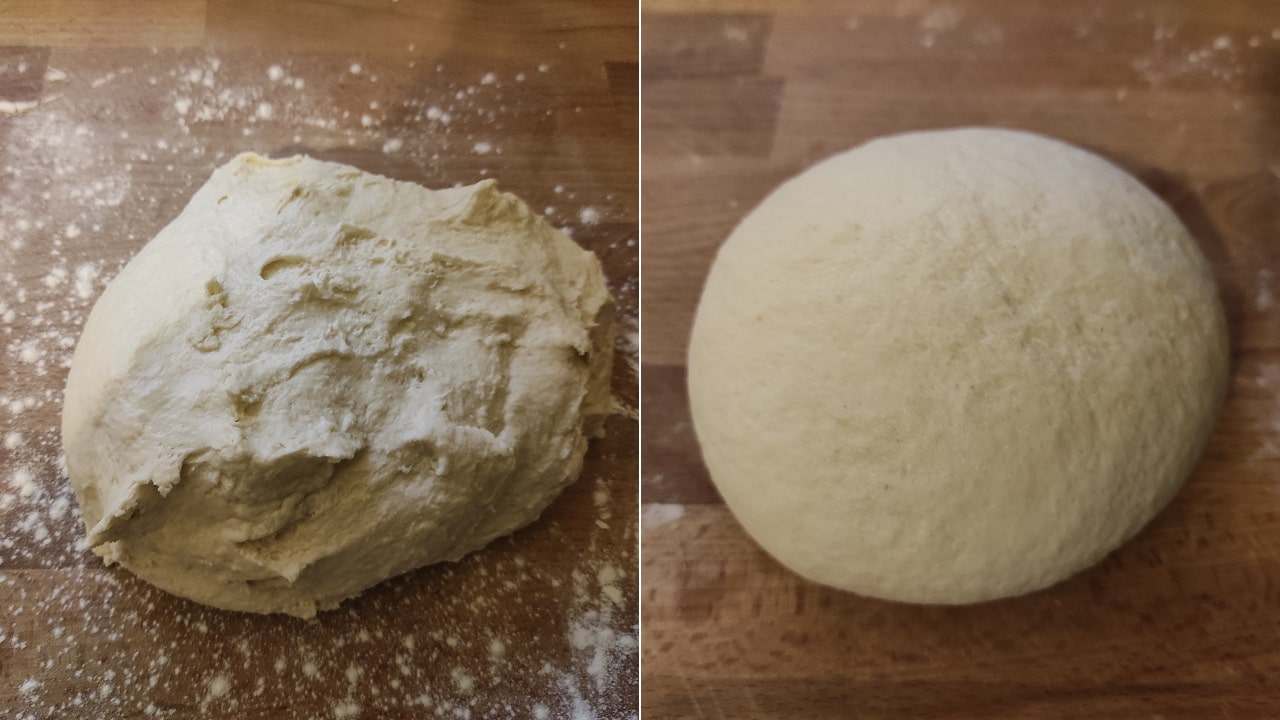
Once it has risen, take the loaf of bread and turn it over on the floured work surface and spread it gently with your hands trying to form a rectangle.
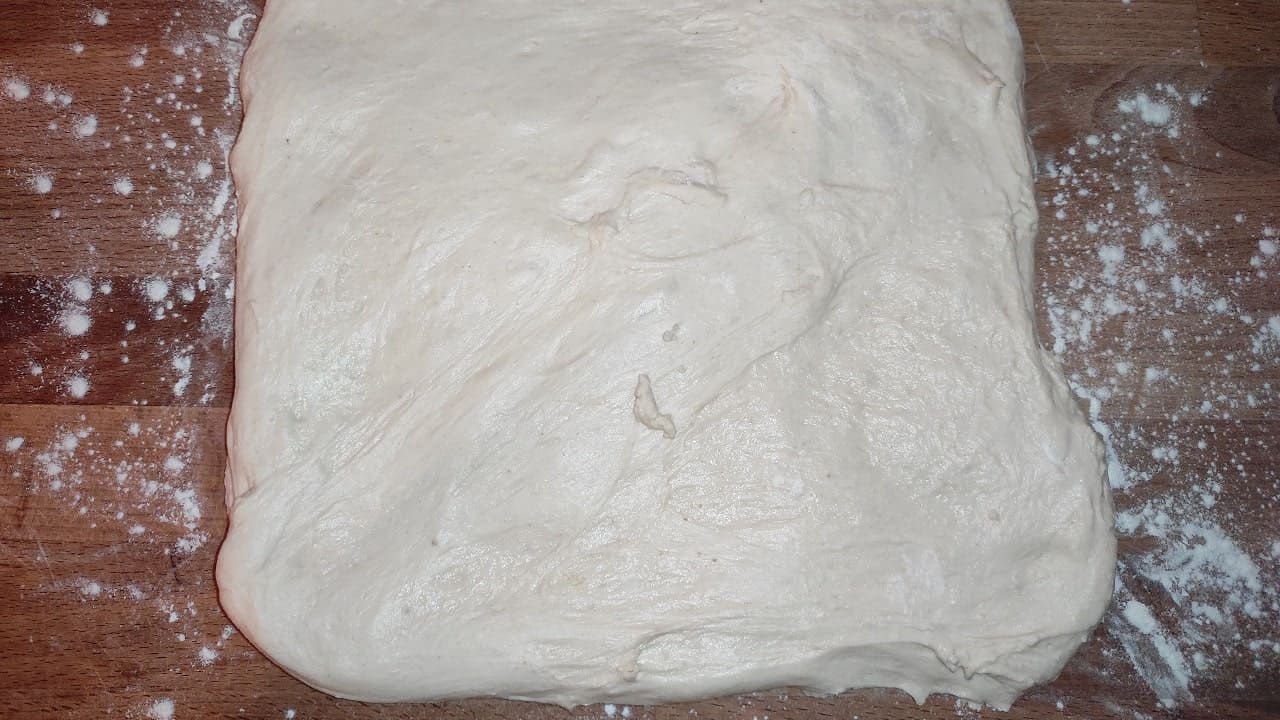
Now move on to making the reinforcement folds, which help the bread leaven. Starting from the bottom, make a crease up to about halfway through the rectangle.
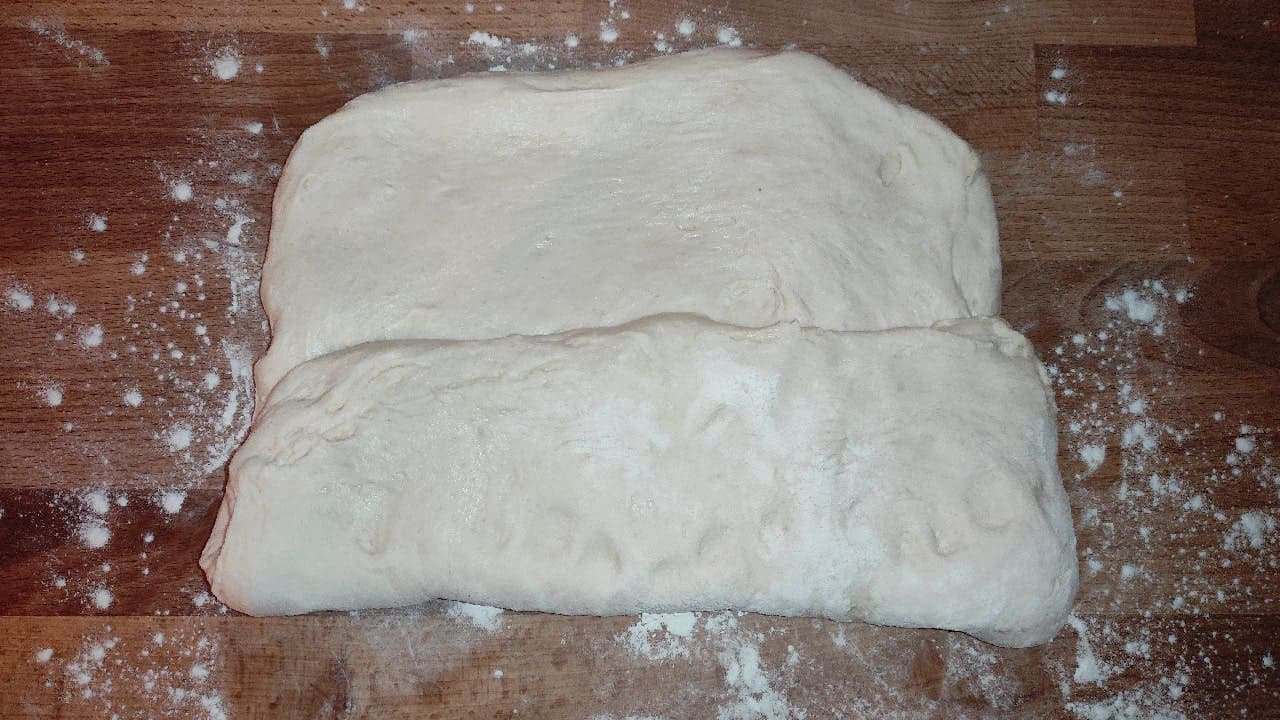
Also fold the upper side of the rectangle of dough, surmounting the first fallback.
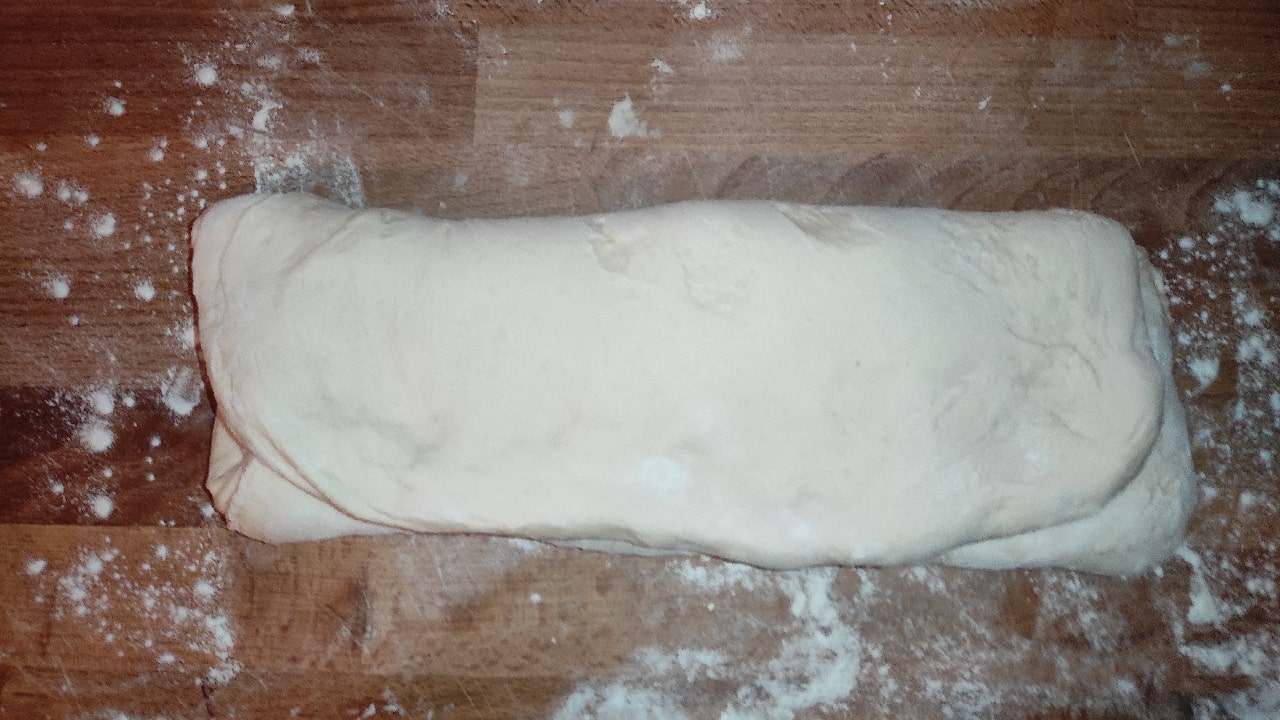
Repeat the operation also with the left side and the right side, bending them towards the center and overlapping the previous folds.
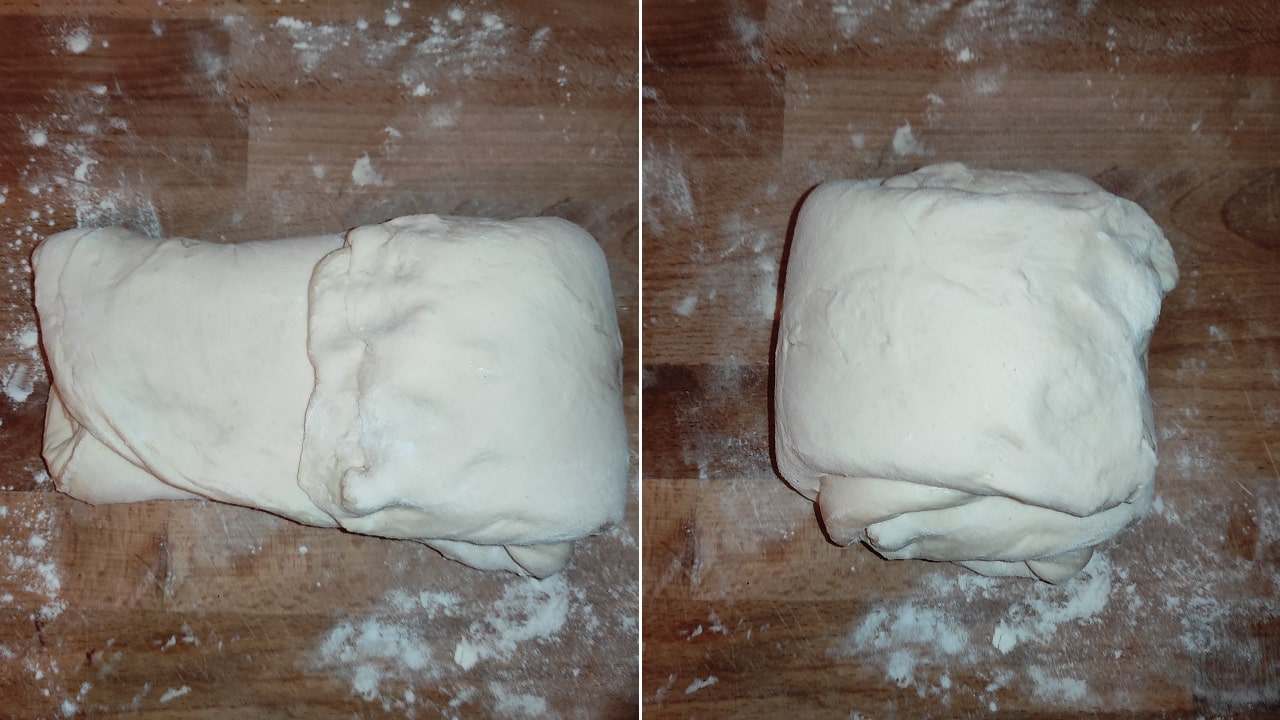
Take the folded dough, turn it with the folds down and place it in the bowl for a second leavening of about an hour.
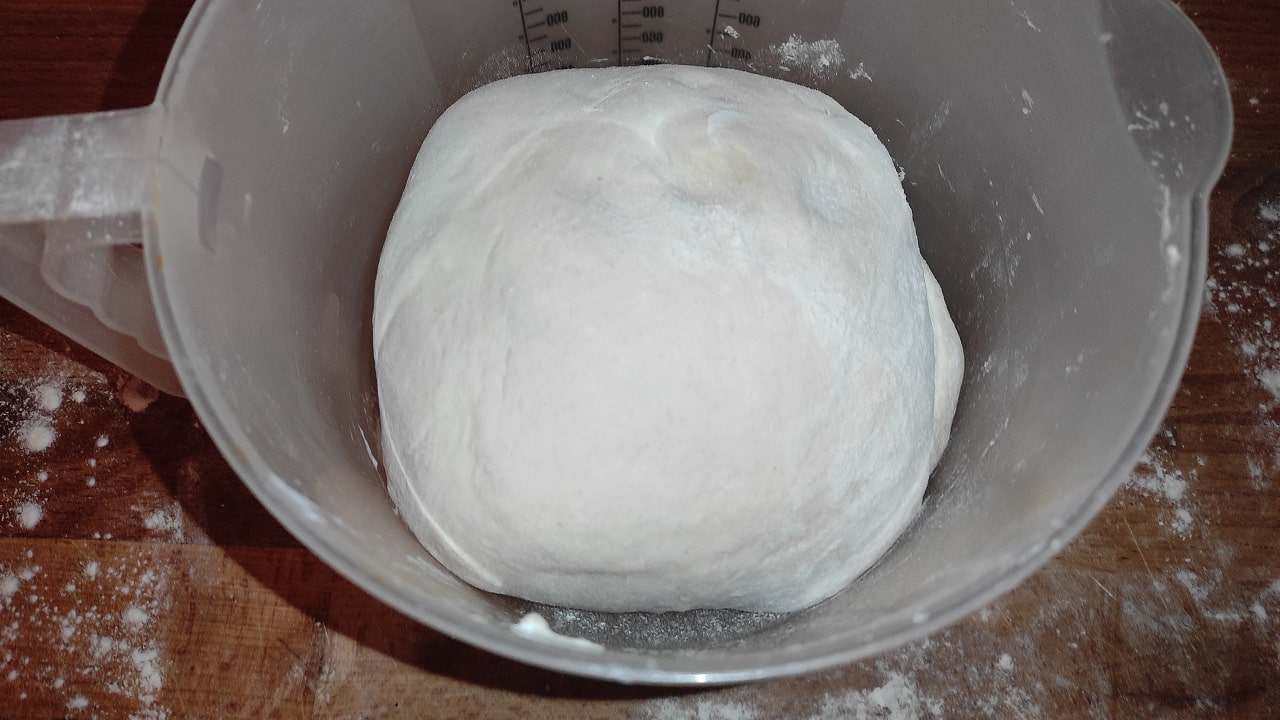
Proceed to the third processing and leavening: transfer the newly risen dough, spread it with the fingers of the hands to form a rectangle and, starting from the upper side, roll the dough tightly on itself.
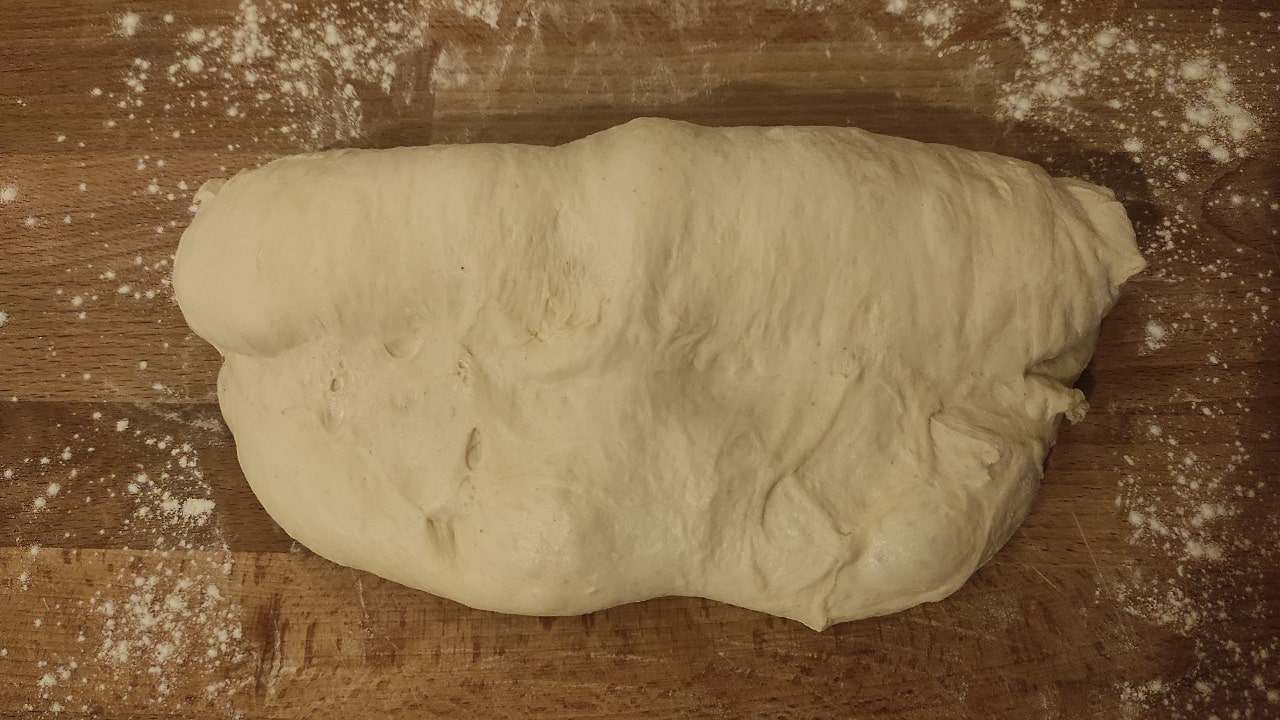
You will get a piece of dough that must be transferred to a floured cloth.
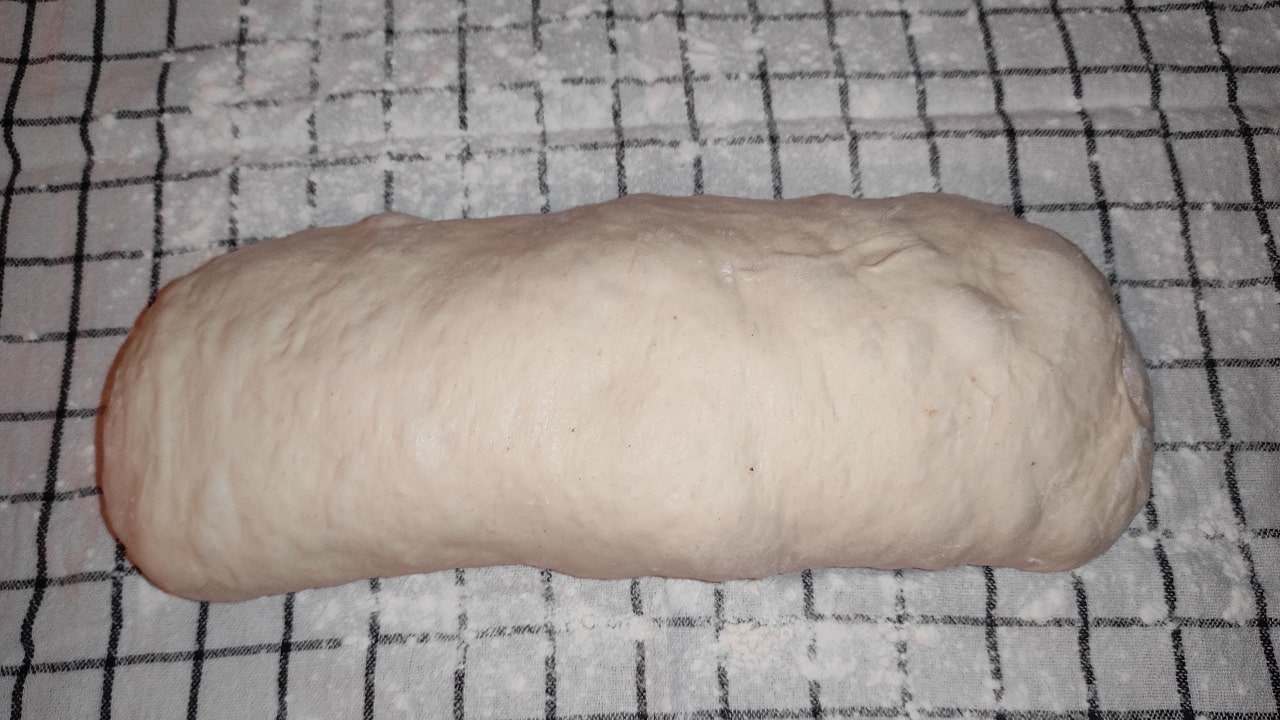
Wrap the dough, loosely, with the cloth, folding the side edges of the fabric under the dough and let it rise for another hour until the cloth is very swollen and ‘pulled’
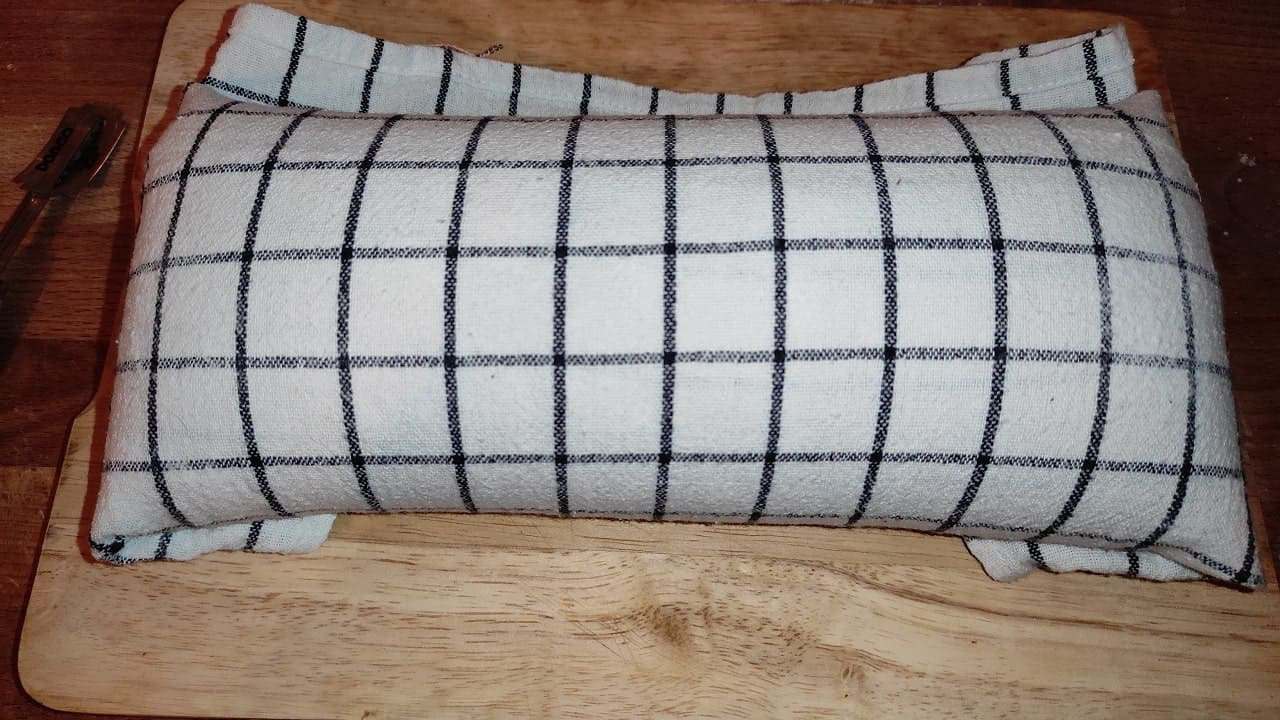
Turn on the static oven at 210 ° C. If you have the special stone available for cooking in the oven, put it to heat. Alternatively, heat an iron pan in the oven. When the oven reaches temperature, turn the leavened dough out of the cloth onto a cutting board and, with a very sharp knife, make a side or center cut that crosses it in length and that is no more than 2 cm deep.
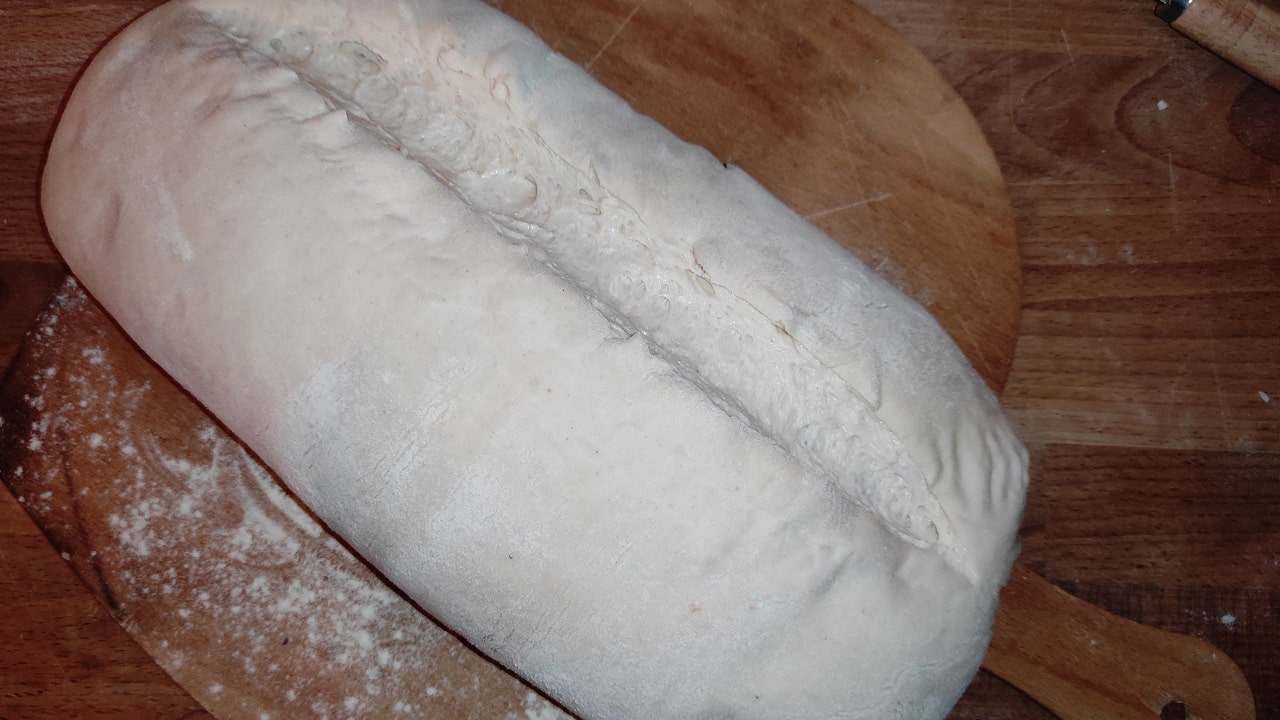
Place the bread in the oven and after 15 minutes of cooking, lower the oven temperature to 190 ° C. Continue to bake for another 20 minutes, until the bread is golden on the surface.
Accessories
- A planetary mixer (alternatively you can work by hand with a bowl)
- A pastry board
- A very sharp knife
- A tea towel
- Transparent film
Tips and tricks
- To make sure that the homemade bread is baked, use the old ‘grandmother’s’ method: knock on the bottom of the loaf with your clenched fist. If you hear a deep ‘dry’ sound then your bread is ready.
- Once taken out of the oven, let the bread cool before cutting it into slices; better if you do it by placing it on a raised wire rack so that the bottom can breathe without enclosing that humidity that would make it soft on the outside. By doing so, it will be crunchy and crumbly on the outside and soft on the inside.
- To get the right consistency and prevent the bread from drying out too much during cooking, you could follow a trick that many use: place a bowl with cold water on the bottom of the oven.
- The salt makes the flavor of homemade bread stronger. But it is not mandatory to insert it (just think of the Unleavened bread which does not even include yeast among the ingredients). If you add salt to your dough, be careful never to add it together with the yeast because it would block its leavening work. For this reason it is good to insert it only once the dough is already blended.
- You could, according to your taste, replace sugar with honey. The sugary part gives the homemade bread a greater ease of leavening because it speeds up fermentation and also gives a more intense browning to the crust.
- If you want to make your homemade bread more crumbly and crunchy, you could add some oil after the second leavening of the dough.
- Homemade bread is that food that goes with everything: with sweet and savory it is the perfect accompaniment on any occasion. It cannot be missing as a ‘shoe’ for eggs in purgatory or smeared with sweet Homemade Nutella for breakfast or a delicious afternoon snack.
- This is the original recipe for homemade bread, but nobody forbids enriching it with different ingredients: you could add olives, seeds of various species, shelled walnuts or dried tomatoes.
storage
Homemade bread can be stored for about 3 days in a paper bag and in a dry place. Alternatively, you can freeze it in the freezer for a month.
History
There are tens of thousands of years that accompany it as food fundamental in the world. Bread passed from the ancient Egyptians, from the Greeks who became specialized in leavening, up to the present day. Every continent of the world, and within it every state, has its own Bread specialties. In Europe the recipe is based on wheat flour, in Africa millet and sesame are mostly used, while in Asia, rice and its flour are the masters. Depending on the climatic conditions and local customs, each town has always had its own tradition in terms of bread.
Ingrediants
- Flour 0 (for bread or pizza): 350 gr
- Water: 200 gr
- Salt up: 12 gr
- Brewer’s yeast: 5 gr
- Preparation: 5 hours
- Cooking: 35 minutes
- Total: 5 hours, 35 minutes
- Calories: 271 Kcal / 100 gr

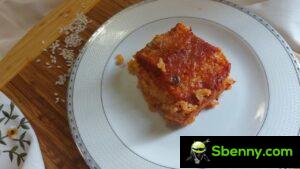
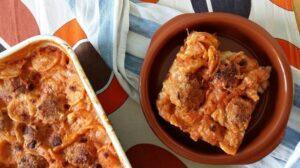
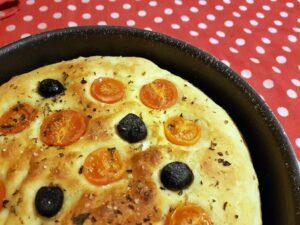
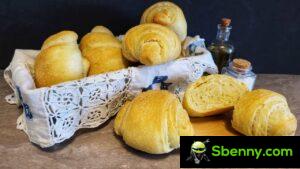
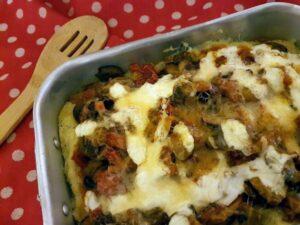
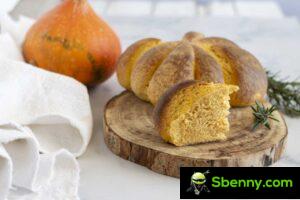
Start a new Thread